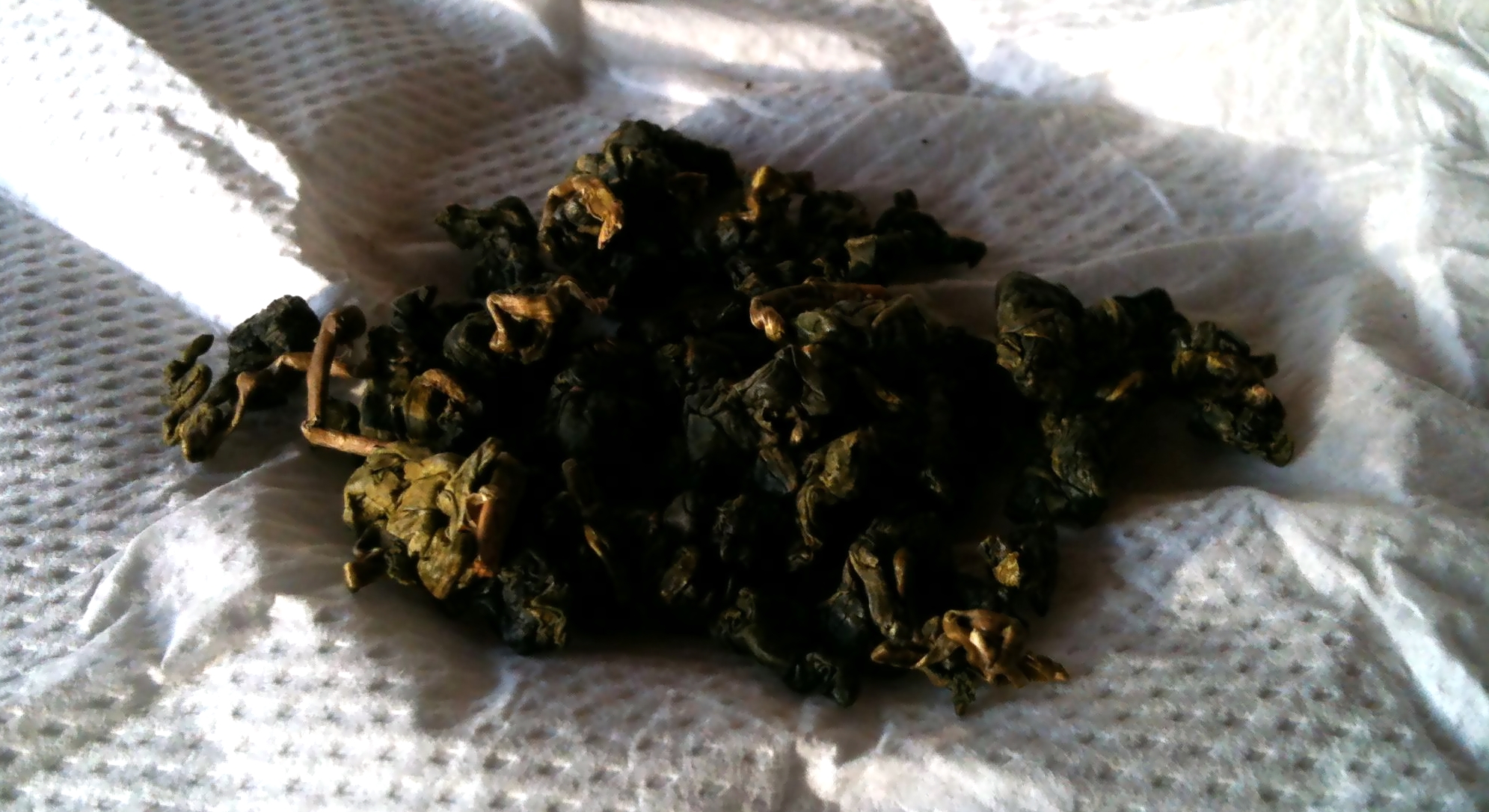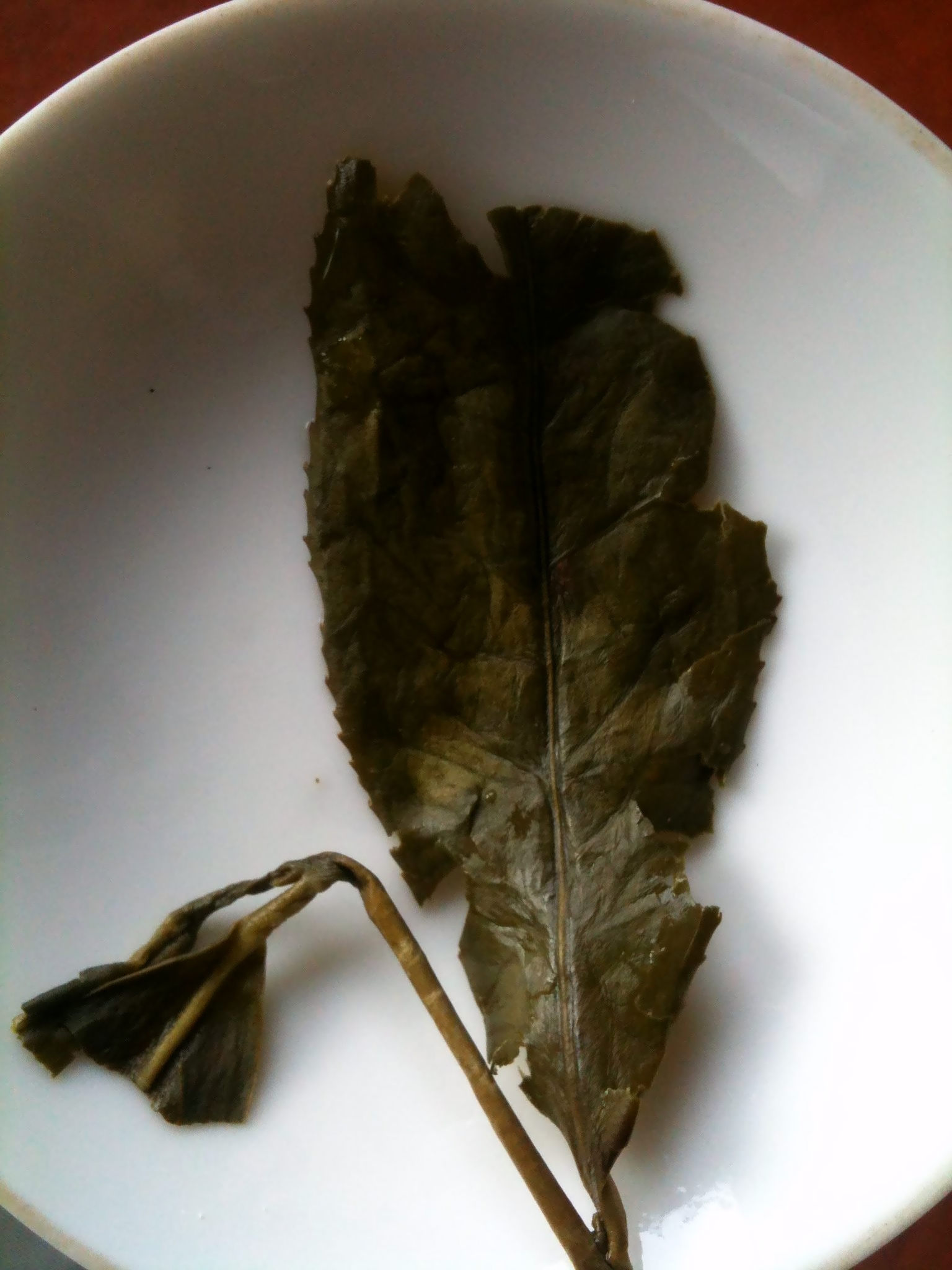2010 Lishan
Posted on 21 December 2011
Part 3 of my Taiwanese high mountain tea review. After Alishan and Dayuling here comes Lishan. This is a very high elevation tea garden: 2200–2300m above sea level (not to be confused with Alishan which lies lower).
This 2010 spring Lishan oolong comes from Teamasters (product page; see also this excellent review by Mattcha) and at 66€/100ml is certainly not cheap, but as I mentioned before these teas are the equivalent of the very best whites wines on this planet and so I find the price relatively affordable. (100g of tea will be enough for a month of daily brewing, and also makes it easy to put half of the tea aside for ageing).
The leaves are not as large as those of the Alishan, and I also find them thinner and more fragile. (Older and wilder trees are usually associated with thicker leaves, but there are many more variables intervening here). Where the Dayuling predominantly emphasised texture and the Alishan, purity, this tea is striking in its complexity. There are already six or seven different aromas to the dry leaves when I warm them in the preheated teacup, and the infusions are all about multifaceted richness and complexity.
All this at moderate power – we’re close to the Alishan in style here, with a balanced, subdued, understated profile. Whereas the Alishan was soft and smooth, however, this Lishan has a bit more grip. The standard exotic flowery notes of high mountain oolong are given complexity by dried herbs and hay, wet leaves, and a bit of liqueury bitterness toward the end. This tea reaches its peak of expressivity at the third or fourth infusion (provided you keep them short at about 15–20 seconds), which is an outstanding result for an unroasted oolong. As I already mentioned about the Alishan, unroasted oolong is believed to be ready to drink soon after manufacture and not intended for ageing, but this tea has so much complexity and understated power that I’m confident it can improve for 4–5 years. Unfortunately my 50g bag will not last that long.
If the Alishan was the tea equivalent of Puligny-Montrachet and yesterday’s Dayuling, of Pouilly-Fuissé, this Lishan deserves to be named the Chablis Les Clos of Taiwan: purity, depth, complexity and structure.
Disclosure
This tea was my own purchase.



